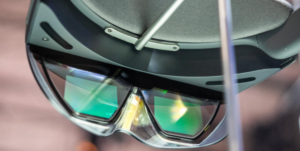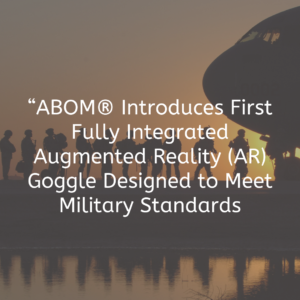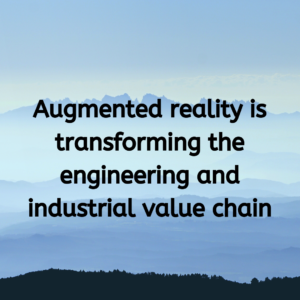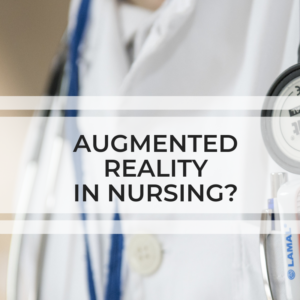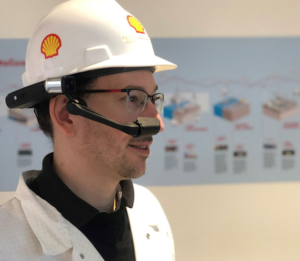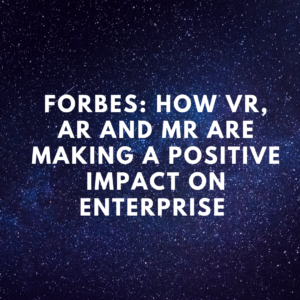LogistiVIEW Technology in Kenco Logistics Warehouse Reported by DC Velocity

Innovation specialists will assess value-added technology and provide advanced visibility into various efforts focused on testing potential supply chain management solutions and technological advances outside of a live operation. The announcement was featured in DC Velocity magazine.
Chattanooga, Tennessee-based 3PL Kenco will be opening up a dedicated 10,000 square-foot physical warehouse space, which will serve as an expansion of its Supply Chain Innovation Lab that was introduced by the company in 2015.
LogistiVIEW’s Connected Worker Platform, built on VIEW (Visual Input Enabled Wearable) technology, combines AR, Artificial Intelligence (AI), and Computer Vision on smart glasses to transform complex data for workers to make better, more informed decisions across tasks.
LogistiVIEW technology improves workforce productivity and job satisfaction by making processes hands free and eyes focused – guiding workers with simple, highly-intuitive instructions. With visual-based cues that deliver only what is critical for that task, along with simultaneous voice instructions, LogistiVIEW simplifies the worker’s decision-making process to reduce errors, increase accuracy, and enable rapid training.
DC Velocity is the market leading multi-media magazine brand serving the specific informational needs of logistics and supply chain managers and executives. DC VELOCITY offers comprehensive logistics coverage at the hub of logistics as the leader.
Read LogistiView’s AREA member profile and follow them on Twitter @logistiview
